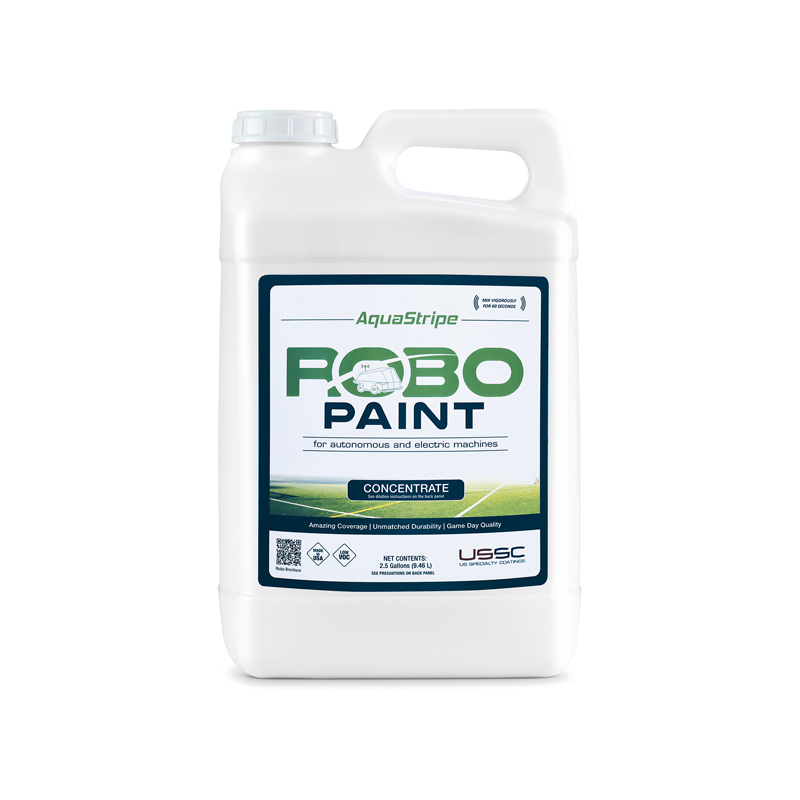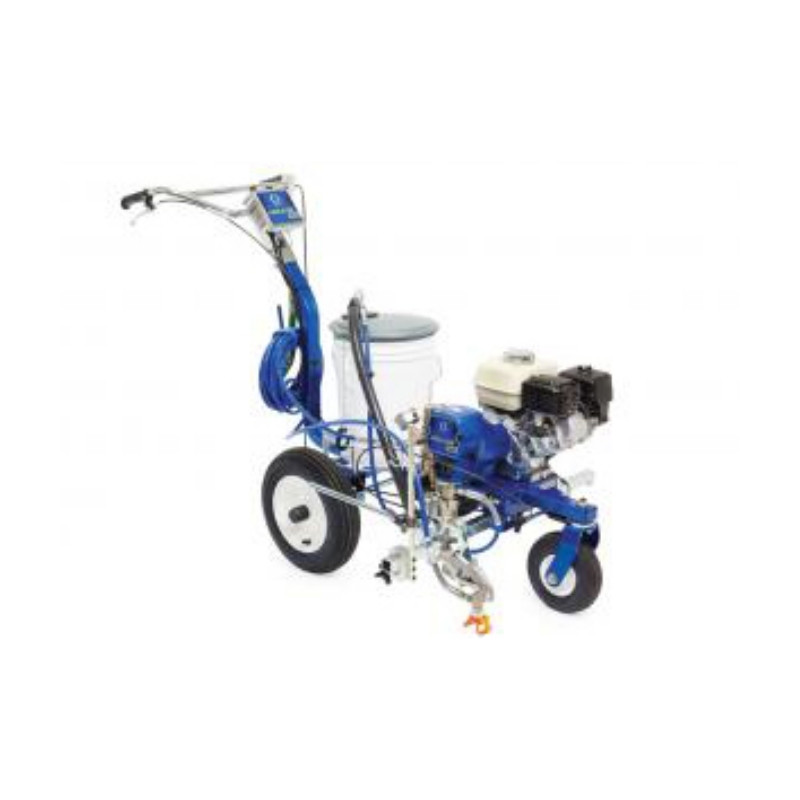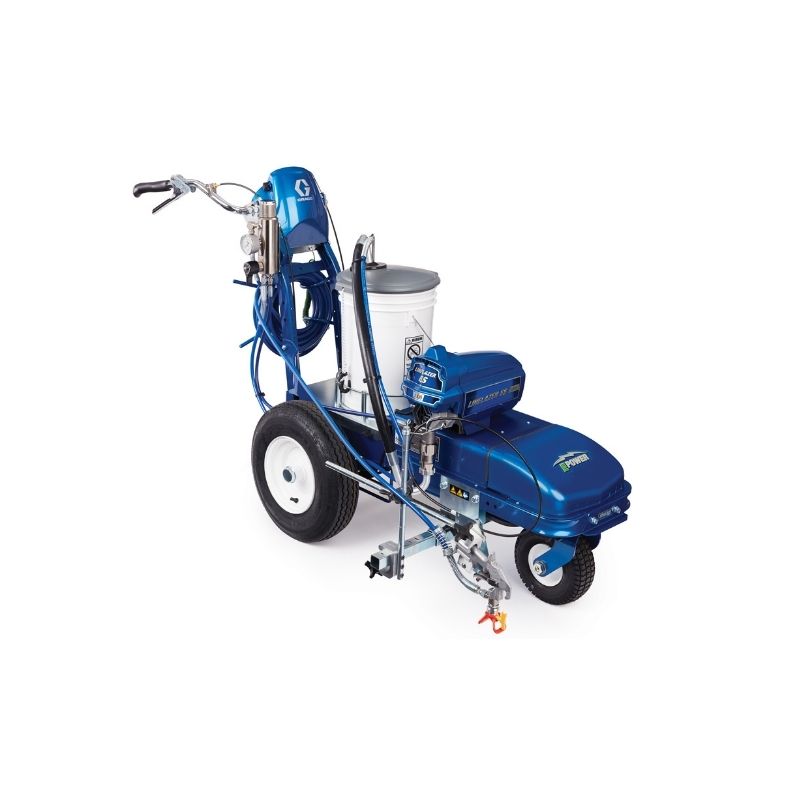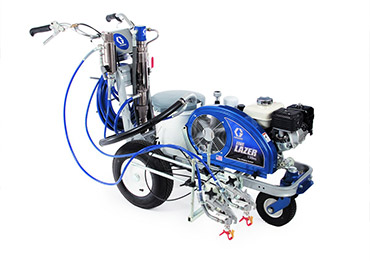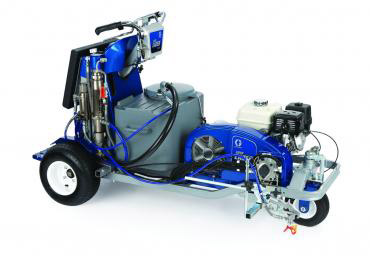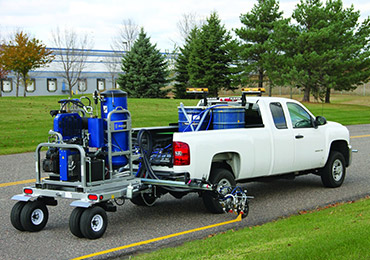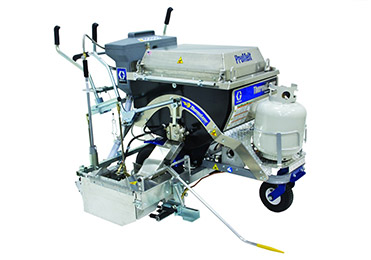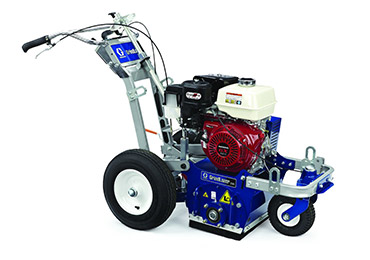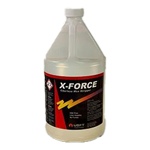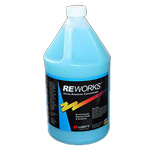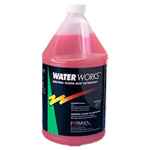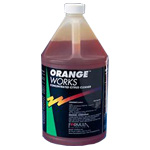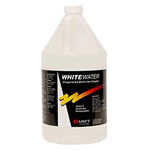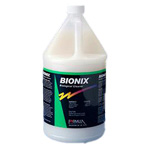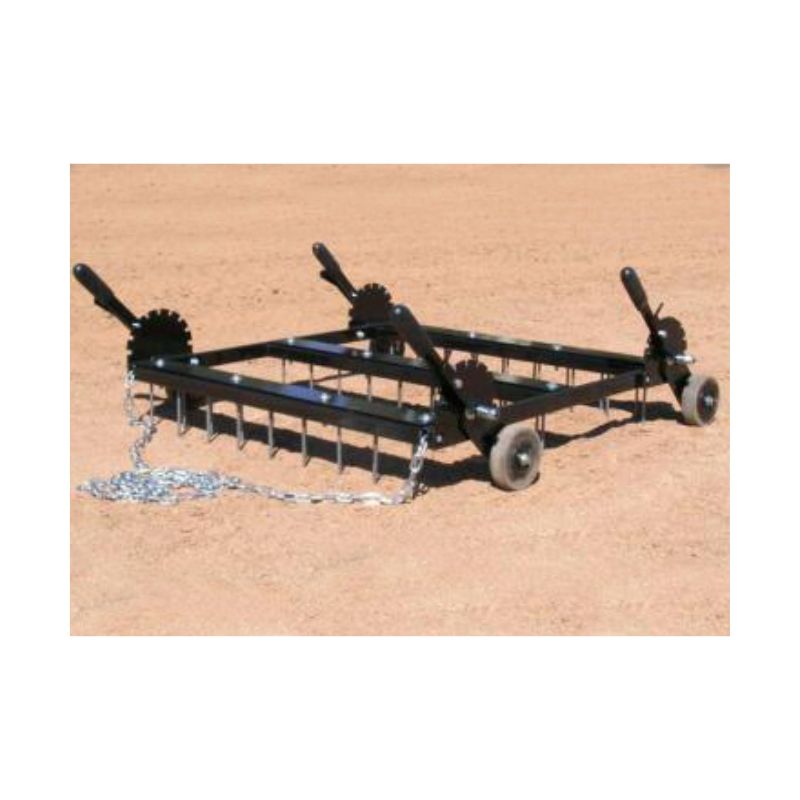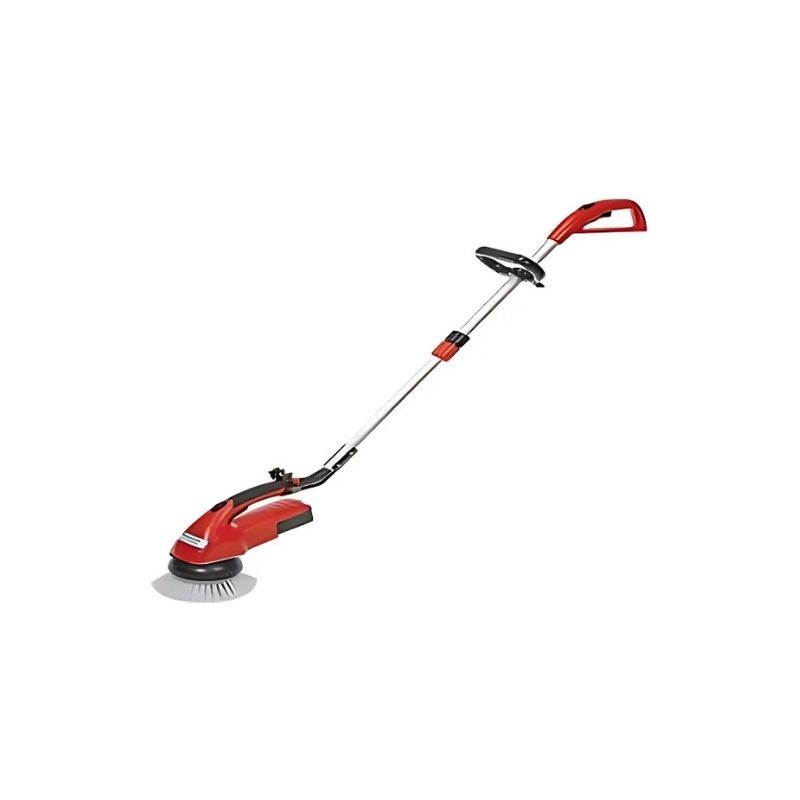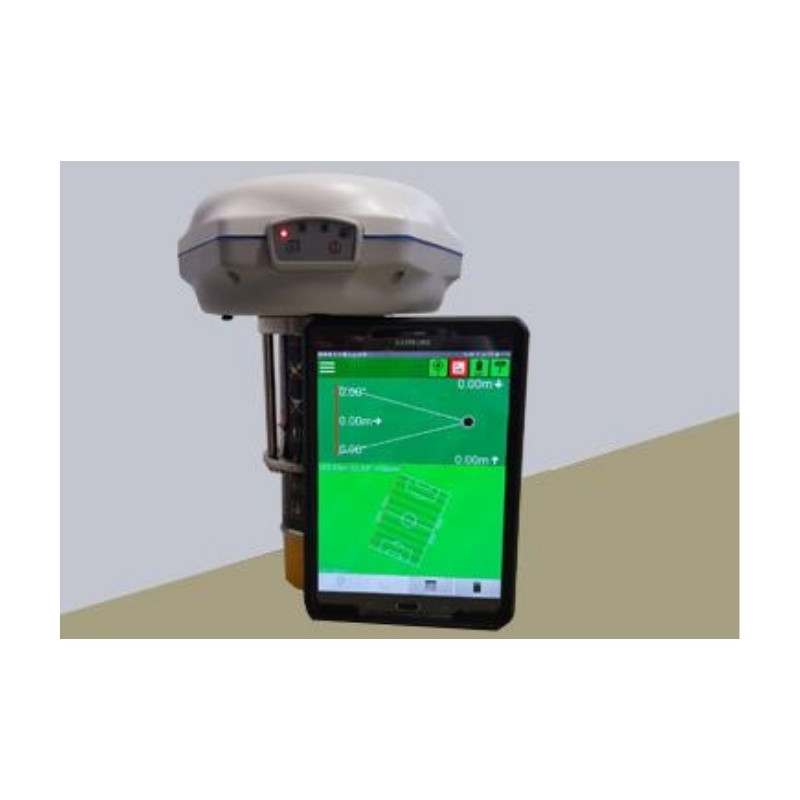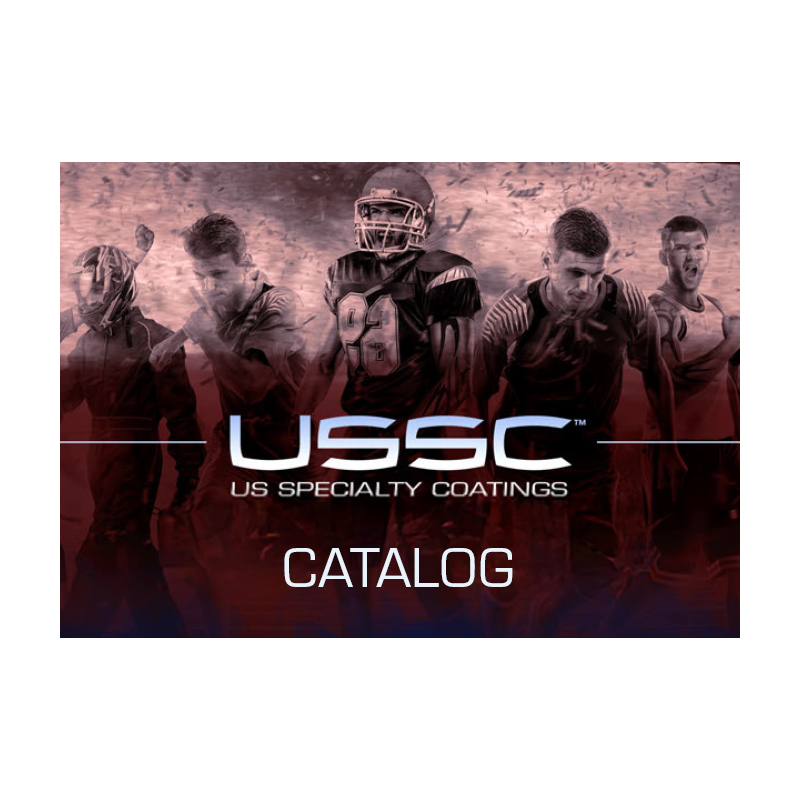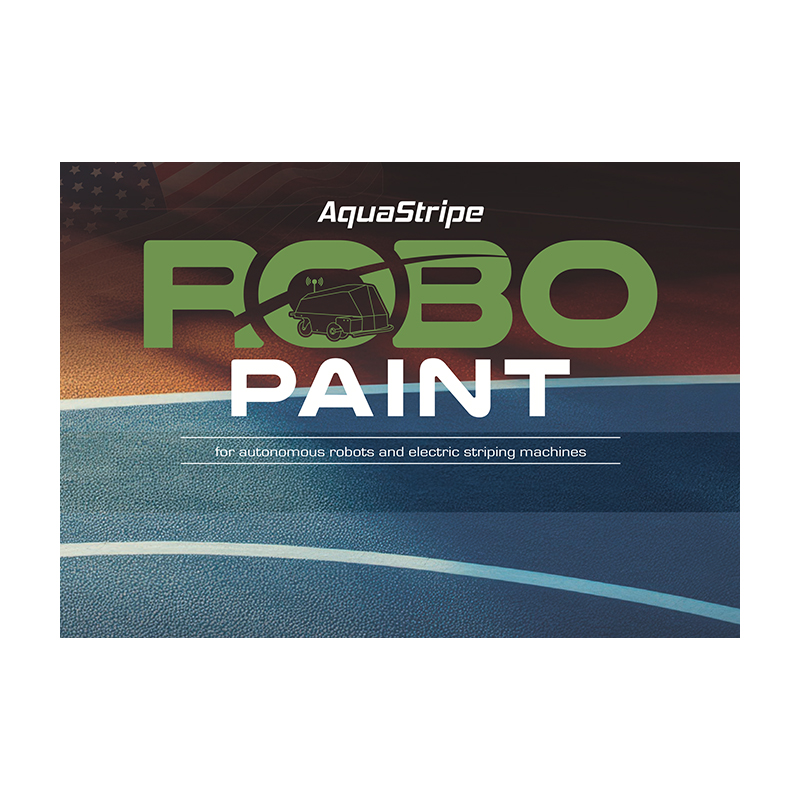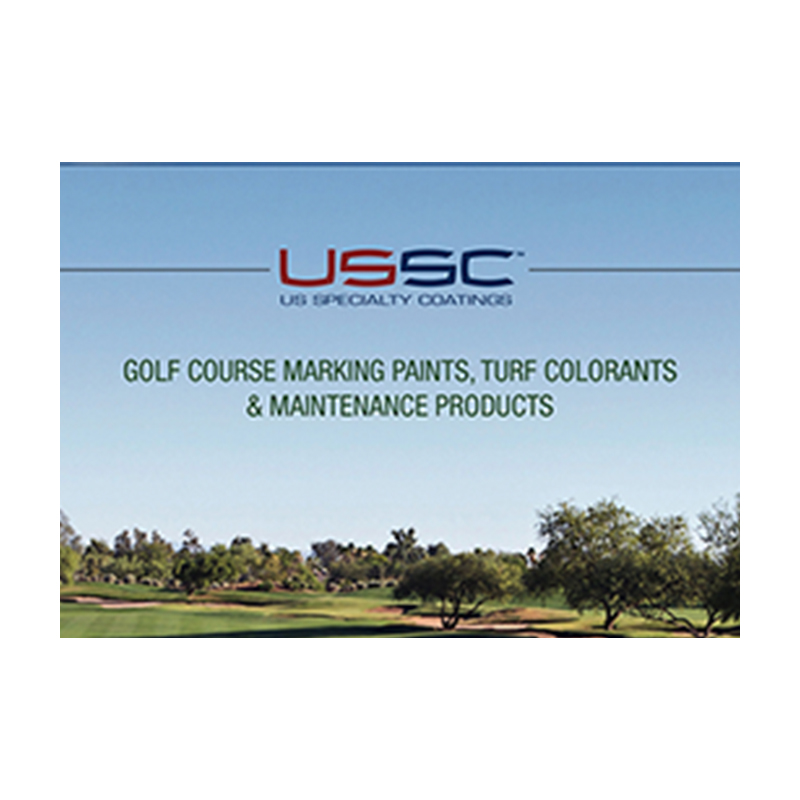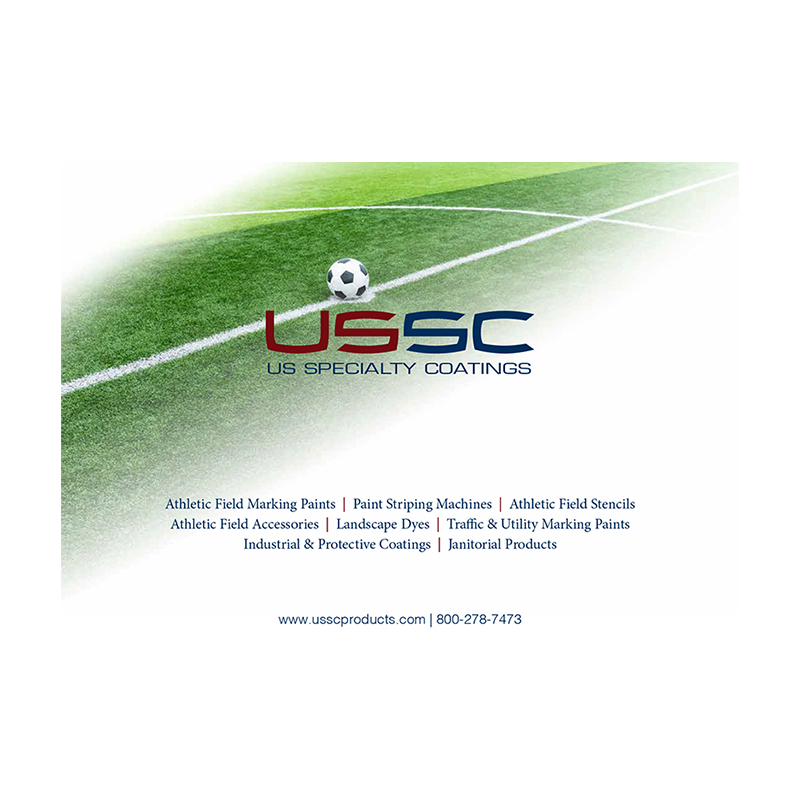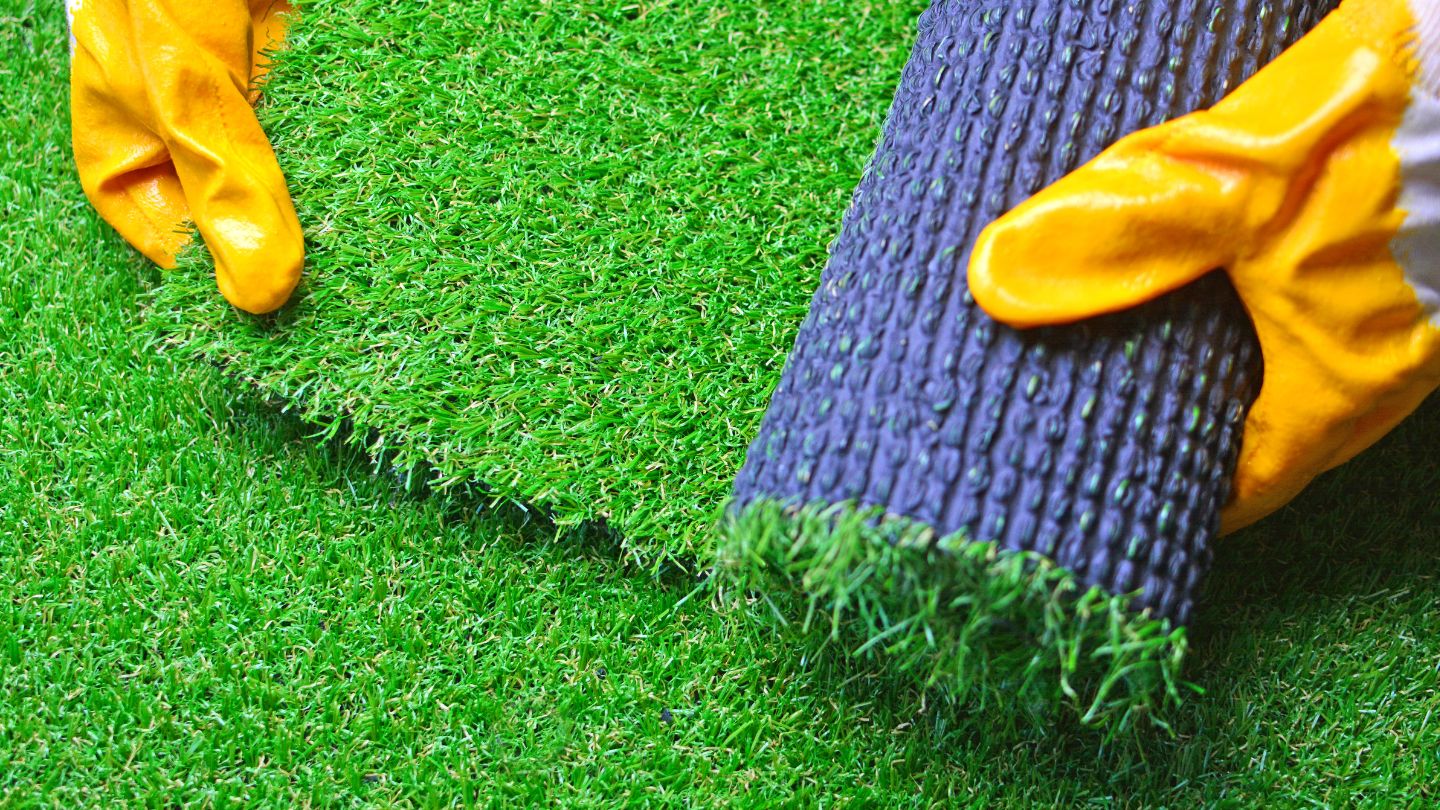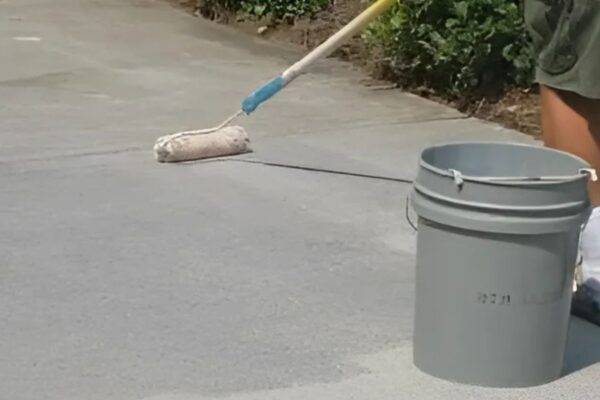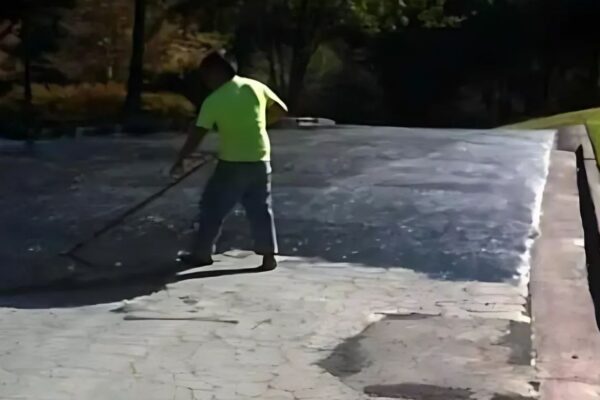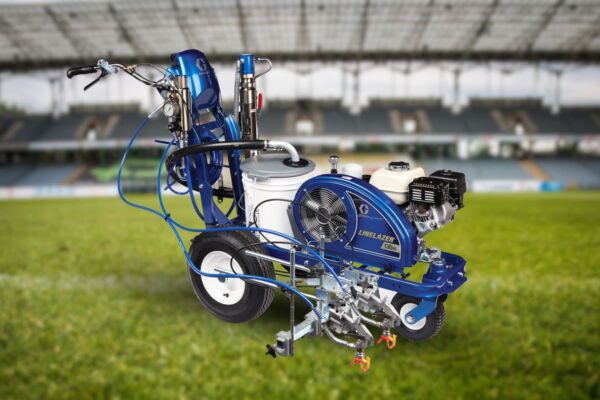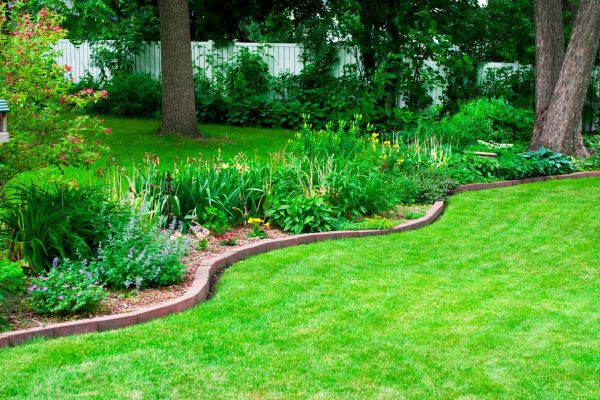Best Practices for Removing Old Lines from Synthetic Turf
Need to remove old lines from synthetic turf without causing damage? This blog details the best practices for removing old lines from synthetic turf, including safe methods like pressure washing, scrubbing, and using turf-safe chemicals. Learn how to maintain a clean and professional field.
Key Takeaways
- Removing old lines from synthetic turf is essential for maintaining game integrity, ensuring visibility, and reflecting current branding.
- Effective methods for paint removal include using a pressure washer, manual scrubbing, or eco-friendly chemical removers while prioritizing turf safety.
- Proper preparation, including debris removal and testing removal methods on small areas, is crucial for effective paint removal and maintaining turf integrity.
Why Remove Old Lines from Synthetic Turf?
Removing old lines from synthetic turf is more than just a cosmetic task, it’s a necessity for maintaining a professional and visually appealing field. Clean and visible lines are essential for ensuring that the field is ready for regulation play and meets the competition standards. Without accurate line markings, the integrity of the game can be compromised, leading to disputes and confusion among players and officials.
Synthetic turf fields often host multiple sports teams and sporting events. This means:
- Logos and lines from previous games need to be removed and replaced regularly to prepare for the next event.
- Removing old lines guarantees a fresh canvas for each game on the artificial turf field.
- This process reflects current branding and team identities effectively on sports fields.
Moreover, it helps in maintaining the turf’s appearance, which is crucial for both player morale and audience experience.
Effective Methods for Removing Paint from Synthetic Turf
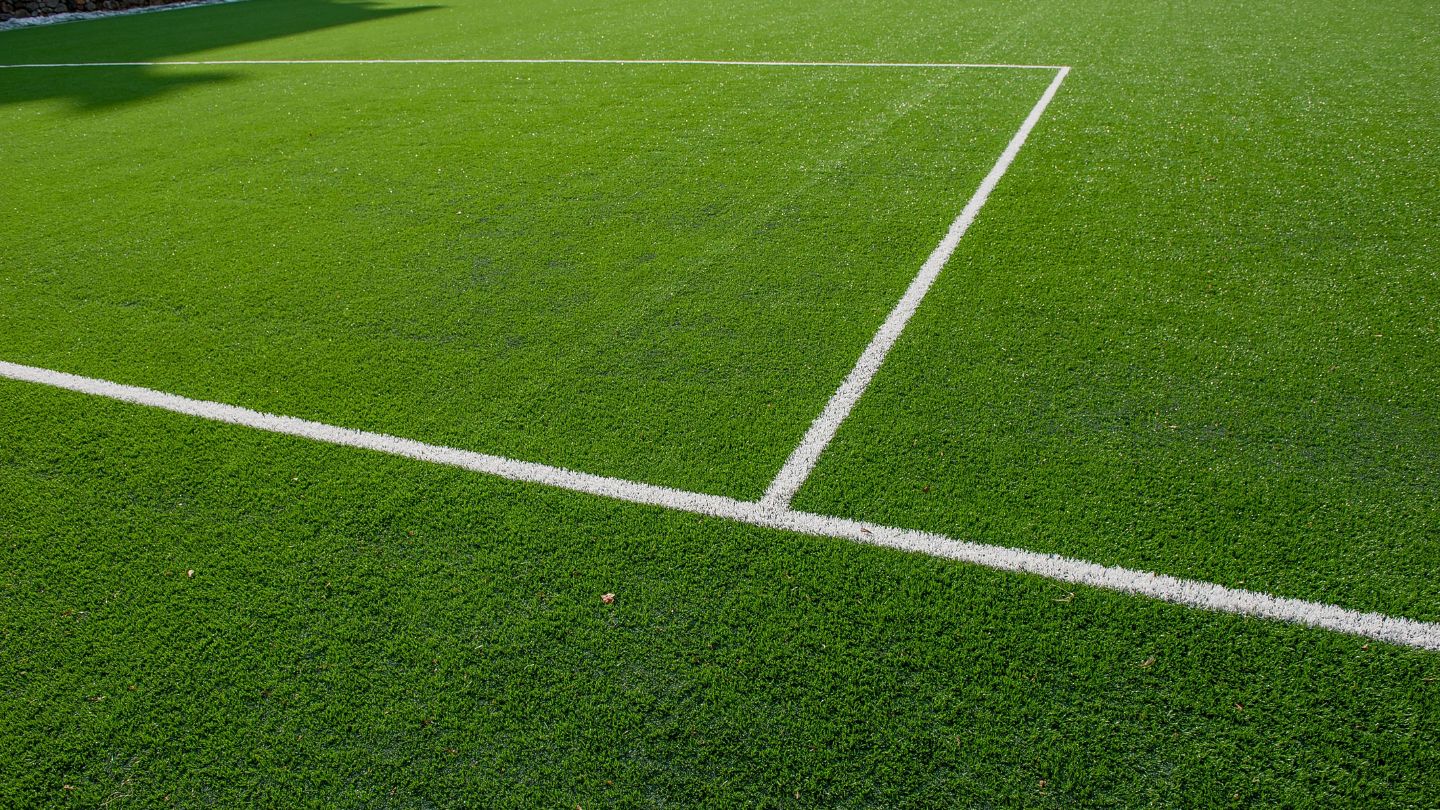
Removing paint from synthetic turf requires the right techniques and tools to ensure the job is done effectively without damaging the turf fibers. Various methods can be employed, such as scrubbing, using cleaning agents, and employing specialized equipment like pressure washers. The key is to use gentle methods to avoid harming the turf, ensuring it remains in excellent condition.
Here are the methods in more detail.
Using a Pressure Washer Safely
Pressure washers can be incredibly effective for removing paint from synthetic turf. They use a high-pressure spray of water to break down and wash away paint. However, using the correct pressure settings is crucial to avoid damaging the turf fibers. Here are the recommended steps:
- Start by using a low-pressure setting.
- Gradually increase the pressure if necessary.
- Always test a small, inconspicuous area first to ensure the pressure isn’t too high.
Safety is paramount when using a pressure washer. Make sure to wear protective gear, including gloves and goggles, to protect yourself from high-pressure water and debris. Keep the nozzle at a safe distance from the turf to avoid tearing the fibers.
While effective, pressure washers must be used with caution to ensure the longevity of your synthetic turf.
Manual Scrubbing Techniques
For smaller painted areas or when a more controlled approach is needed, manual scrubbing techniques are highly effective. Follow these steps:
- Soak a brush in a mixture of warm water and detergent.
- Gently scrub the painted area, being careful not to apply too much pressure as this can damage the turf fibers.
- Use warm soapy water as it helps to break down the paint without being too harsh.
After scrubbing, rinse the area thoroughly with water to remove any remaining soap and paint residues. This step ensures the turf is clean and ready for use.
Manual scrubbing offers precise control, making it a preferred method for many turf managers, especially when brushing is involved.
Chemical Paint Removers
Chemical paint removers are highly effective for removing stubborn paint from synthetic turf. These products are specifically designed to dissolve paint. This simplifies the process of breaking down and removing paint. When using chemical paint removers, choose products safe for synthetic turf and follow the manufacturer’s instructions carefully.
One eco-friendly option is heated white distilled vinegar, which can be applied using a clean cloth, paintbrush, or brush with plastic bristles. Apply the vinegar hot. Let it sit for about 20 minutes to break down the paint bonds.
Always wear protective gear such as gloves and goggles when handling chemicals, and be sure to monitor the turf for any signs of damage or discoloration. Understanding the differences between permanent vs removable turf paints is key to choosing the right option for your field. Permanent paints are designed for long-lasting durability, while removable paints give you the flexibility to change markings without harming the turf.
Tools and Materials Needed for Paint Removal
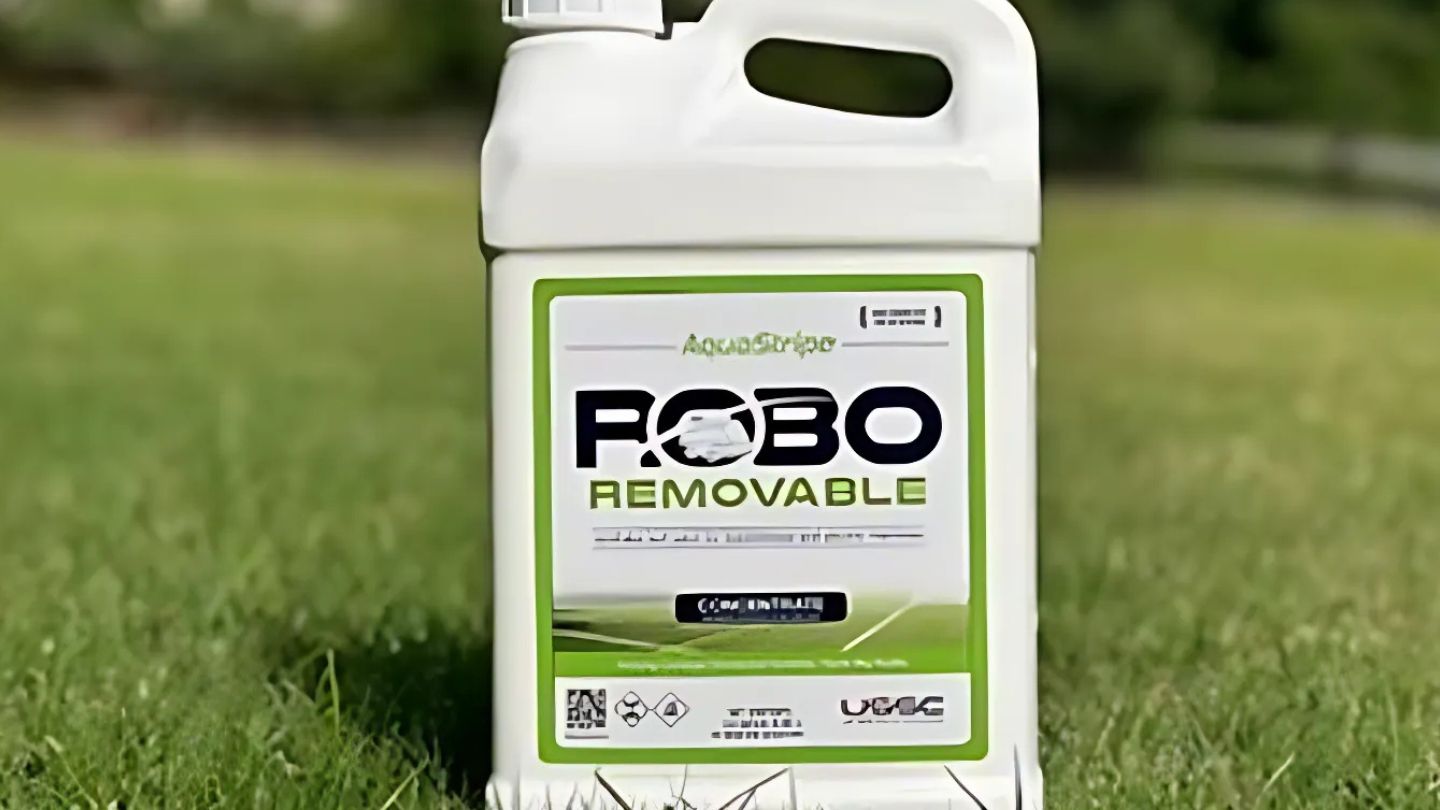 Successfully removing paint from synthetic turf requires specific tools and materials. You’ll need a hose with a spray attachment, brushes with plastic bristles, and suitable cleaning solutions like detergents and eco-friendly paint removers.
Successfully removing paint from synthetic turf requires specific tools and materials. You’ll need a hose with a spray attachment, brushes with plastic bristles, and suitable cleaning solutions like detergents and eco-friendly paint removers.
Proper tools not only make the process more efficient but also help in maintaining the integrity of the turf fibers.
Essential Tools
Having the right tools is crucial for effective paint removal from synthetic turf. Essential tools and materials include:
- A hose with a spray attachment for rinsing away paint and cleaning agents
- Brushes with plastic bristles, preferred over steel bristles to avoid damaging the turf fibers during scrubbing
- Suitable cleaning solutions such as warm soapy water and eco-friendly paint removers to break down the paint without harming the turf
Always use protective gear like gloves and goggles when handling cleaning agents or scrubbing the turf to avoid dust. These items not only protect the user but also ensure that the cleaning process is conducted safely and effectively.
The right tools are key to successfully removing paint.
Recommended Cleaning Products
Choosing the right cleaning products is crucial for maintaining the health and appearance of synthetic turf. Warm soapy water is an ideal cleaning solution for artificial grass, as it effectively breaks down paint without being too harsh. Eco-friendly paint removers are recommended as they reduce the risk of damaging turf fibers while effectively removing paint.
Turf-safe products ensure that the synthetic grass maintains its appearance and longevity after paint removal. Always check the labels of cleaning products to ensure they are suitable for use on synthetic turf and do not contain harsh chemicals that could cause damage.
Preparing the Turf for Paint Removal
Properly preparing the synthetic turf is essential for effective paint removal. This involves clearing any debris from the turf surface and testing a small area before proceeding with full paint removal.
Following the righttips for preparing grass turf for line marking ensures professional, long-lasting results. Simple steps like clearing debris, leveling the surface, and checking field conditions help paint adhere properly and keep lines sharp throughout play.
Thorough preparation enhances the removal process and helps prevent damage to the turf fibers.
Clearing Debris
Before starting the paint removal process, it’s essential to clear any debris from the synthetic turf. Debris such as leaves, dirt, and other waste can interfere with the paint removal process, making it less effective. Use a leaf blower or a broom to remove debris from the turf surface, ensuring it is clean and ready for the next steps.
Regular cleaning and debris removal facilitate effective paint removal and help maintain the turf’s overall appearance and performance. Keeping the turf free of debris allows cleaning agents and removal methods to work efficiently.
Testing a Small Area First
Before applying any paint removal method to the entire turf, it’s crucial to:
- Test it on a small, inconspicuous area.
- Ensure the chosen method does not damage the turf fibers or cause discoloration.
- Identify potential issues through testing a small section to prevent widespread damage.
Testing cleaning products on a small area prevents unwanted reactions with the turf. This cautious approach allows necessary adjustments, ensuring the best outcome for the entire turf surface and avoiding mistakes.
Step-by-Step Guide to Removing Old Lines
Now that we have discussed the tools, materials, and preparation steps, let’s move on to the step-by-step guide for removing old lines from synthetic turf.
This guide will help you achieve a clean, professional-looking artificial turf surface ready for any sporting event.
Step 1: Gather Your Materials
The first step is to gather all the necessary materials and tools. This includes:
- A hose with a spray attachment
- Brushes with plastic bristles
- Suitable cleaning agents such as detergents and eco-friendly paint removers
- Protective gear like gloves and goggles
Having all tools and materials ready ensures a smooth and efficient temporary paint removal operation with the right paints.
Make sure you have everything you need before starting. This not only saves time but also helps in maintaining a steady workflow without interruptions. Proper preparation and the right tools are key to successful paint removal from synthetic turf.
Step 2: Prepare the Surface
Before applying the paint removal method, follow these steps:
- Test the method on a small area of the turf to ensure it does not cause damage.
- Once the test is successful, prepare the entire surface.
- Remove any debris from the turf using a leaf blower or broom.
This ensures that the cleaning agents and removal methods can work effectively without obstruction. When it comes to game-day prep, knowing how to get nice temporary lines for artificial turf makes all the difference. With the right turf-safe products and careful application, you can create crisp, visible markings that are easy to remove when the event is over.
Proper surface preparation enhances paint removal efficiency and helps prevent damage to the turf fibers. A clean, debris-free surface is essential for achieving the best paint removal results.
Step 3: Apply the Chosen Method
With materials gathered and the surface prepared, apply the chosen paint removal method. Whether you’re using a pressure washer, manual scrubbing, or chemical paint removers, follow the instructions carefully.
For cleaning painted areas on synthetic turf, consider the following methods:
- Pressure washing: Start with a low-pressure setting and adjust as needed to avoid turf damage.
- Manual scrubbing: Use brushes with plastic bristles and suitable detergents to scrub painted areas gently.
- Chemical paint removers: Apply according to the manufacturer’s instructions, ensuring the product is safe for synthetic turf.
Wear protective gear and monitor the turf for any signs of tear damage during the process.
Step 4: Inspect and Repeat if Necessary
After the initial paint removal:
- Inspect the turf surface for any remaining paint residues.
- Inspect the area thoroughly to ensure all paint has been removed and no stains remain.
- If any paint residues remain, repeat the cleaning process as needed to achieve a clean and professional-looking surface.
Inspecting the turf after paint removal ensures a thorough job. Repeat the process if necessary to ensure the turf is free of old paint and ready for its next use.
Maintaining Synthetic Turf After Paint Removal
Maintaining synthetic turf after paint removal keeps it looking fresh and performing well. This includes regular cleaning, avoiding harsh chemicals, and conducting routine inspections to ensure the turf remains in top condition.
Applying turf colorants for visual enhancement and seasonal maintenance is a smart way to keep fields looking vibrant year-round. These products refresh fading turf, improve color consistency, and provide a cost-effective alternative to frequent repainting or turf replacement.
Here are the best practices for maintaining synthetic turf post-paint removal.
Regular Cleaning and Maintenance
Regular cleaning and maintenance are crucial for the longevity and performance of synthetic turf. Perform daily inspections to check for damage and remove any foreign objects that could harm the turf. Measure and replenish the depth of infill as needed to maintain the turf’s performance and appearance.
To maintain synthetic turf effectively:
- Conduct yearly impact testing (g-max testing) to measure the shock-attenuation performance.
- Regularly inspect for any damage.
- Clean spills promptly to ensure the longevity of the synthetic turf.
These routine practices keep the turf in excellent condition and ready for watering use.
Avoiding Harsh Chemicals
Avoid harsh chemicals when maintaining synthetic turf to prevent fiber damage and reduce lifespan. Instead, consider the following:
- Use eco-friendly cleaning agents
- Use mild detergents like dish soap, which are effective yet gentle on the turf
- Use warm water to effectively clean the turf without causing harm
Routine maintenance, like checking for foreign objects and assessing the turf’s condition, can prevent damage and prolong the life of your synthetic turf. By choosing the right cleaning methods and avoiding abrasive cleaners, you can ensure your turf remains vibrant and in top condition for years to come.
Final Thoughts
Maintaining synthetic turf requires more than just cleaning; it’s about ensuring long-term performance and a professional appearance. From removing old paint lines to preparing a safe, regulation-ready surface, the right techniques, such as pressure washing, scrubbing, or using turf-safe paint removers, are essential. Proper preparation and routine upkeep keep the field vibrant, safe, and visually appealing for every game.
At US SPECIALTY COATINGS, we provide advanced solutions like a field line marking machine that not only simplifies re-striping but also ensures precision and consistency. Combined with our turf-safe paints and removers, our products are designed to help facilities maintain synthetic fields without causing damage. By pairing the right equipment with proper care, you can extend the lifespan of your turf while enhancing its professional quality.
Frequently Asked Questions
Why is it important to remove old lines from synthetic turf?
It is essential to remove old lines from synthetic turf to maintain a professional appearance and ensure accurate markings for fair play, benefiting all sports teams that use the field.
What tools are essential for removing paint from synthetic turf?
To effectively remove paint from synthetic turf, essential tools include a hose with a spray attachment, plastic bristle brushes, suitable cleaning agents, and protective gear like gloves and goggles. These tools ensure a safe and thorough cleaning process.
How can I safely use a pressure washer on synthetic turf?
To safely use a pressure washer on synthetic turf, set it to a low pressure to prevent damaging the fibers and always test a small area first. Additionally, ensure you wear protective gear such as gloves and goggles for your safety.
What are some recommended cleaning products for synthetic turf?
For cleaning synthetic turf, it’s best to use warm soapy water, eco-friendly paint removers, and turf-safe cleaning agents free of harsh chemicals. This ensures the longevity and safety of your synthetic grass.
How can I maintain synthetic turf after removing paint?
To maintain synthetic turf after removing paint, regularly clean and inspect the turf, avoid harsh chemicals, and check for foreign objects while replenishing infill depth as needed. Following these steps will help keep your turf in excellent condition for its future use.








